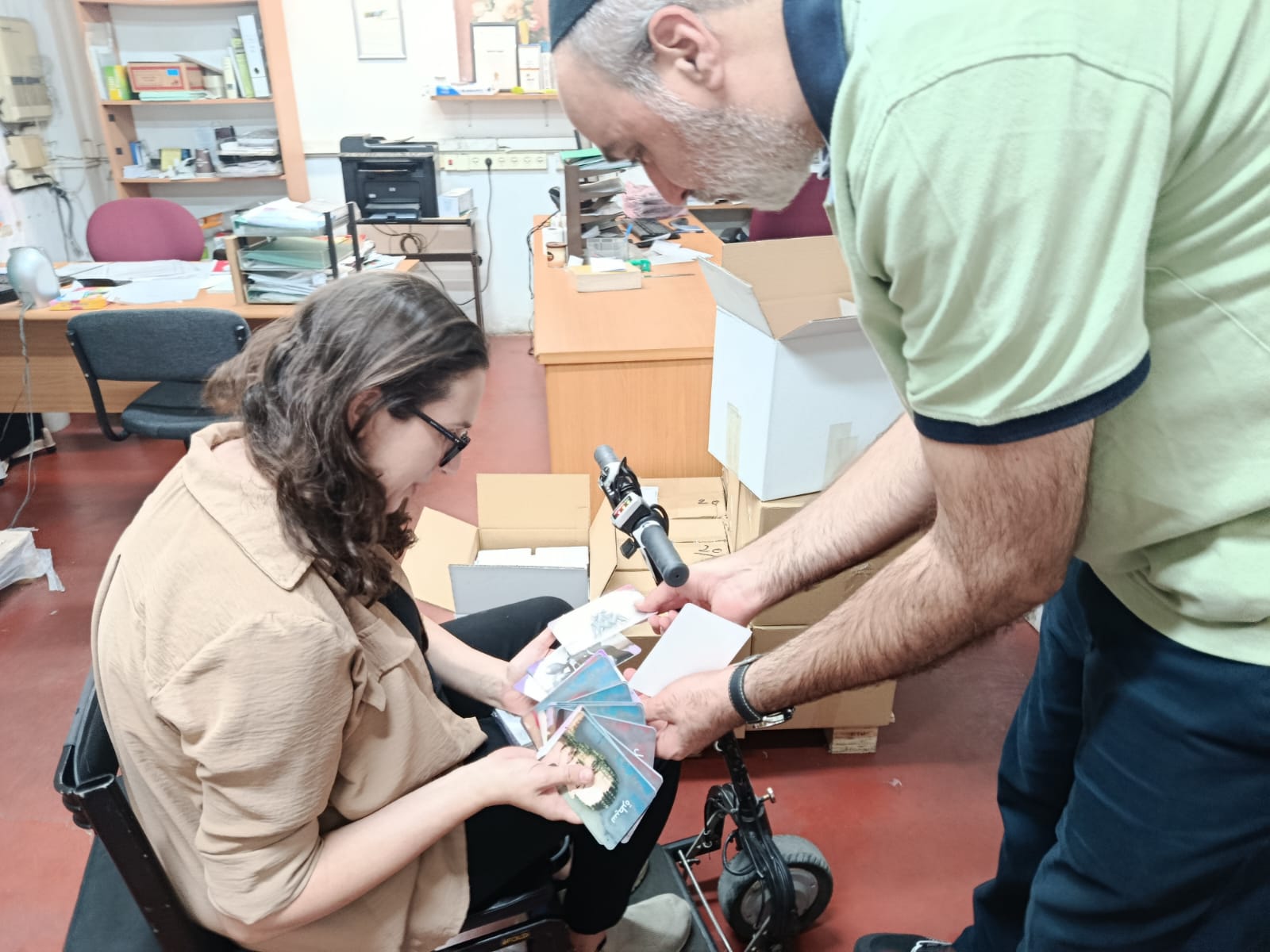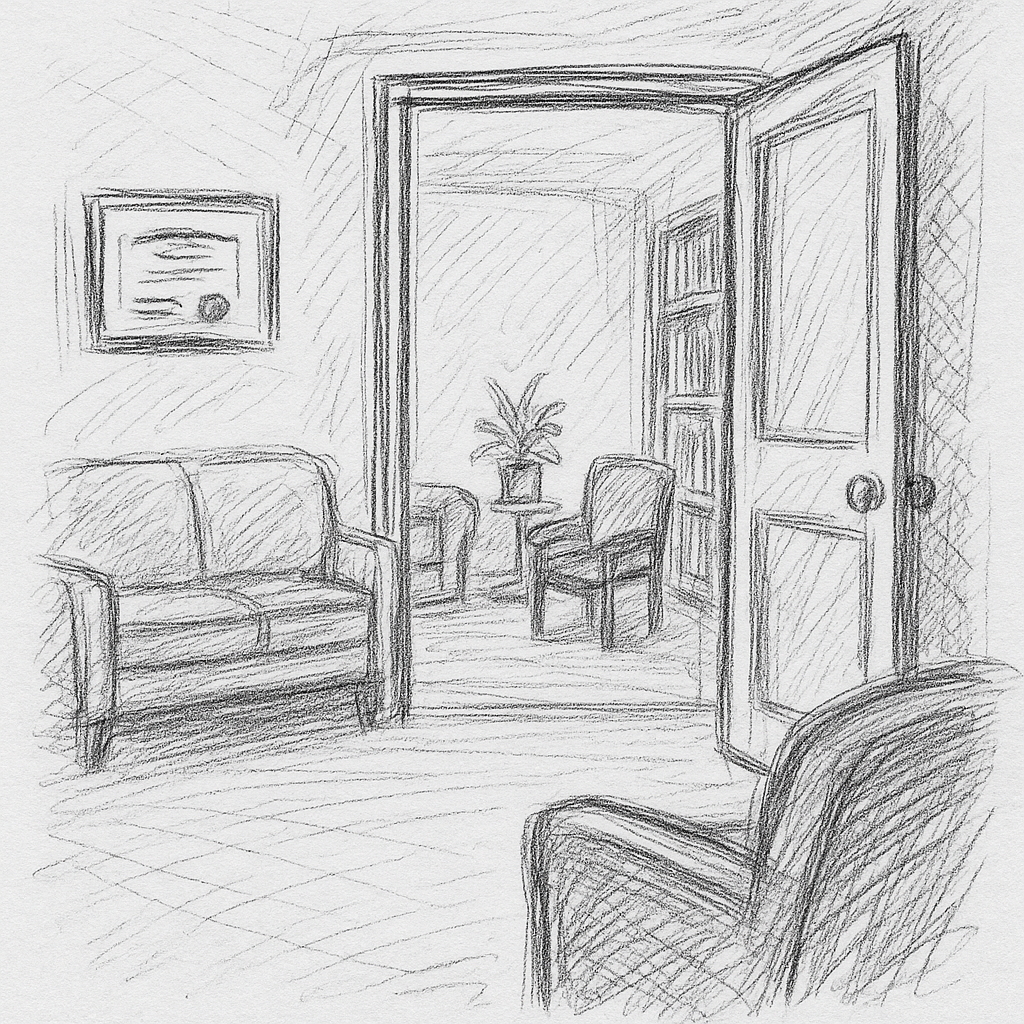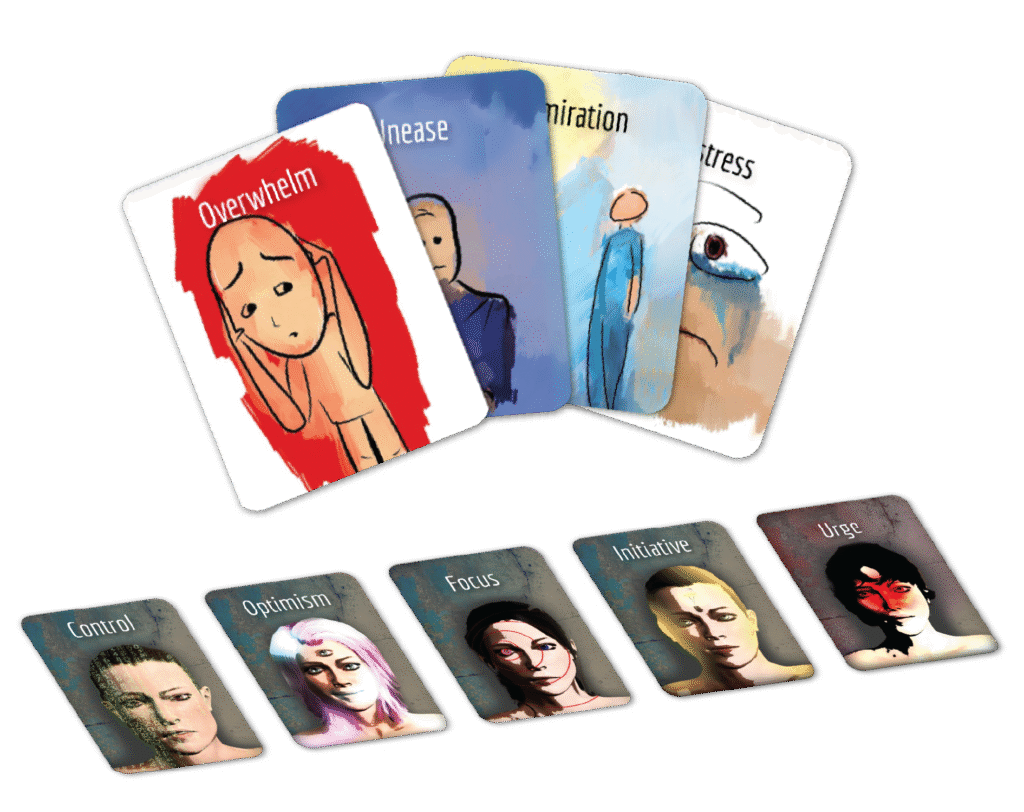Introduction
Anxiety can be a debilitating condition that affects millions of people around the world. It can manifest itself in many ways, from constant worry to heart palpitations and even panic attacks. For those who suffer from anxiety, finding natural ways to manage it can make a significant difference in their day-to-day lives. One such method is through the practice of breathing exercises. In this article, we will explore various breathing exercises that have proven benefits when it comes to alleviating anxiety.
- Deep Breathing
Deep breathing, also known as diaphragmatic breathing, is a simple yet highly effective technique for reducing anxiety levels. When practiced correctly, deep breathing encourages your body to take in more oxygen, which helps counteract the shallow breaths commonly associated with feelings of anxiety.
To perform deep breathing:
- Sit or lie down in a comfortable position.
- Place one hand on your chest and the other on your abdomen.
- Inhale slowly through your nose until you feel your abdomen rise.
- Exhale through your mouth slowly and completely.
- 4-7-8 Breathing Technique
The 4-7-8 breathing technique is an easy method that helps calm the mind and body by employing a specific pattern of inhalation, breath-holding, and exhalation.
To try the 4-7-8 technique:
- Inhale quietly through your nose for four seconds.
- Hold your breath for seven seconds.
- Release your breath through your mouth while counting to eight.
Perform this process four times or as needed.
- Box Breathing
Also referred to as square breathing, box breathing involves inhaling, holding, exhaling, and pausing between breaths in equal increments.
To practice box breathing:
- Inhale for a count of four.
- Hold your breath for another count of four.
- Exhale slowly, counting to four once more.
- Finally, pause for a count of four before repeating the process.
Continue the box breathing cycle until you feel its calming effects.
- Progressive Muscle Relaxation
Progressive muscle relaxation (PMR) is a technique that combines deep breathing with focused muscle tensing and relaxation. By paying attention to the sensations in each muscle group, you can become more aware of your body and ease anxious thoughts.
To begin PMR:
- Find a quiet, comfortable place free of distractions.
- Start at your toes and work your way up through various muscle groups.
- Tense a group of muscles as you breathe in and hold the tension for five seconds.
- Release the tension as you breathe out.
- Wait ten seconds before moving onto the next muscle group.
Perform this technique for 10-20 minutes daily or whenever you’re feeling stressed.
Conclusion
Breathing exercises are an invaluable resource for those who experience anxiety. By incorporating these techniques into your daily routine, you can take control of your anxiety and cultivate a greater sense of mindfulness and well-being. Begin with just one exercise that resonate with you and try the others as needed. Patience and consistent practice are key to reaping the benefits these exercises offer
If you find them all confusing that’s okay, I did at first too.
Here’s a simple version:
When I’m anxious my instinct is to try inhaling as much air as possible because it feels like no air is coming in. But I found that exhaling is the important part for me, just calmly keep exhaling longer than you inhale. You’re amazing for trying to take care of yourself, Goodluck and take care!





